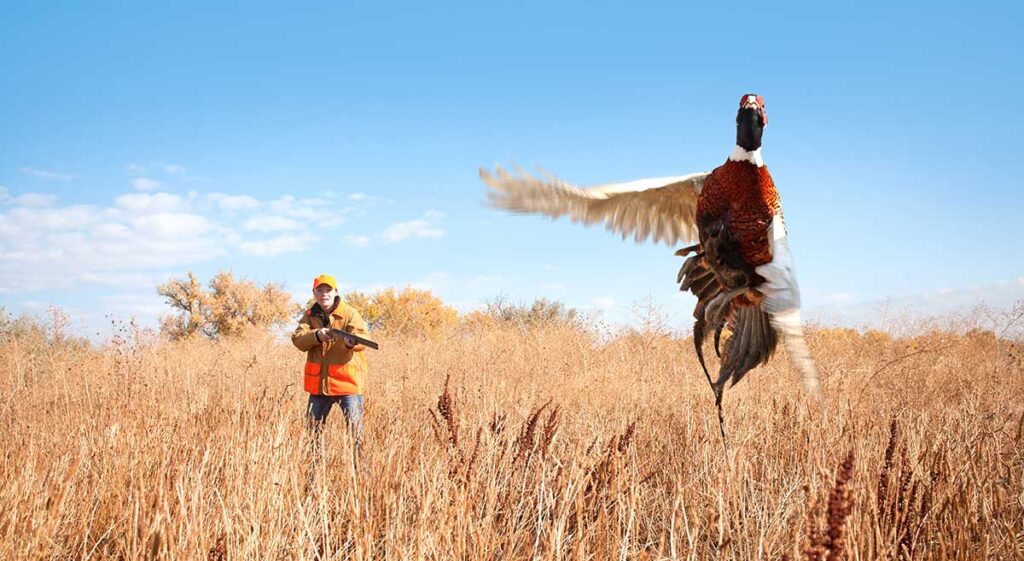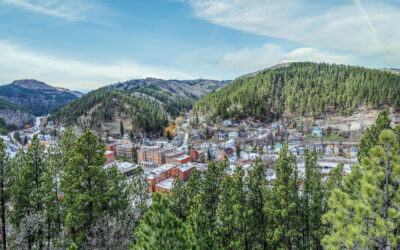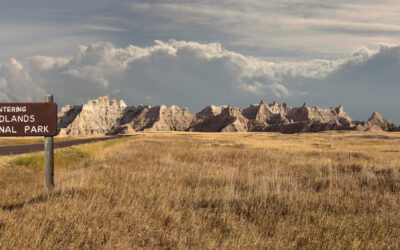South Dakota’s Pheasant Hunting Culture
In South Dakota, pheasant hunting transcends the typical sporting activity; it’s woven into the very fabric of the state’s identity. The tradition of pheasant hunting is deeply cherished, with the opening weekend often likened to a festival that engulfs the entire state. This cultural phenomenon is not just about the thrill of the hunt; it’s a communal rite that brings together friends, families, and even strangers, fostering a unique bond over the shared pursuit of these vibrant birds.
The state’s commitment to conservation and community is evident in the way hunters contribute to local economies and wildlife preservation. Through active habitat management and conservation efforts, the pheasant population thrives, allowing the tradition to continue for future generations.
The ‘Walk-In Areas’ are a testament to the state’s dedication to public hunting access. These areas, spanning thousands of acres of private lands, are open to the public, providing ample opportunities for hunters to experience the state’s upland bird hunting at its best. The camaraderie and conservation ethic found in South Dakota’s hunting culture are what truly set it apart, making it more than just a sport—it’s a way of life.
Navigating the Walk-In Areas for Public Hunting
 South Dakota’s walk-in areas offer public hunting opportunities that are essential for both novice and experienced hunters. These areas are typically private lands made available to the public through agreements with landowners. Understanding the rules and boundaries is crucial to a successful and legal hunt.
South Dakota’s walk-in areas offer public hunting opportunities that are essential for both novice and experienced hunters. These areas are typically private lands made available to the public through agreements with landowners. Understanding the rules and boundaries is crucial to a successful and legal hunt.
To start, familiarize yourself with the area maps provided by the South Dakota Game, Fish and Parks Department. These maps are updated annually and can be accessed online or at local offices. They detail the walk-in areas, including the types of habitat and species you might encounter. Here’s a quick guide to help you navigate these areas:
- Check the current year’s map before each hunting season.
- Look for the posted signs that mark the boundaries of walk-in areas.
- Respect the land by following all posted rules and avoiding restricted zones.
- Leave no trace and carry out all trash and spent shells.
Remember, these lands are a privilege provided by the landowners, and ethical hunting practices are expected at all times. By respecting these areas, hunters play a role in continuing South Dakota’s rich hunting traditions and ensuring these opportunities remain available for future generations. South Dakota offers a variety of attractions, including places to stay, parks, and ample hunting and fishing opportunities. Licenses can be purchased online or at local agents.
The Role of Hunters in Conservation and Community
In South Dakota, hunters are not just participants in a sport; they are stewards of the land and protectors of wildlife. The state’s pheasant population thrives due to active conservation efforts and habitat management, with hunters playing a pivotal role. By contributing to the local economy and supporting wildlife preservation initiatives, hunters help maintain the delicate balance of the ecosystem.
Hunters in South Dakota are also integral to the community, fostering a culture that values the outdoors and sustainable practices. They engage in ethical hunting, ensuring that the pursuit of game is balanced with the responsibility to conserve wildlife for future generations. Here’s how hunters contribute to conservation and community:
- By purchasing licenses and paying fees, hunters fund conservation programs.
- Habitat management practices are often supported by hunter organizations.
- Hunters advocate for sustainable hunting and wildlife management policies.
- The hunting community often volunteers for habitat restoration projects.
Moreover, South Dakota offers diverse hunting and fishing lodges in different regions like Western, Central, and Eastern SD, providing unique experiences that also contribute to regional economies. Whether you’re in the rolling prairies or the rugged Badlands, the commitment to conservation and community is a hallmark of the hunting culture in this state.
Gear Up for the South Dakota Prairies
Choosing the Right Upland Hunting Vest
When setting out for a day in the South Dakota prairies, your upland hunting vest is more than just an accessory; it’s an essential tool that can make or break your hunting experience. Selecting the right vest is crucial for carrying your gear, game, and providing quick access to what you need, when you need it.
Key features to consider include the size and placement of pockets, the durability of materials, and the overall comfort. A well-designed vest should have ample storage for shells, a game bag for your harvest, and additional compartments for personal items. Here’s a quick rundown of what to look for:
- Storage: Pockets should be easily accessible and secure. Look for vests with shell loops for quick reloading.
- Durability: Opt for materials that can withstand the brush and elements of the prairies.
- Comfort: Adjustable straps and breathable fabrics are a must for long days in the field.
Remember, the best vest for you is one that fits well and meets the demands of the terrain. Whether you’re traversing the rolling hills of the Black Hills or the vast expanses of the Eastern prairie, your vest should be your trusted companion. Stay updated with our newsletter for more insights on gearing up for your South Dakota adventures.
Dressing for Success: Lightweight and Durable Options
When you’re traversing the vast prairies of South Dakota, the right attire is crucial for a successful hunt. Lightweight, durable clothing is the cornerstone of any hunter’s wardrobe, ensuring comfort and agility as you navigate the terrain. The unpredictable weather patterns demand versatility from your gear, so layering is key. Start with a moisture-wicking base layer to keep you dry, add an insulating mid-layer for warmth, and top it off with a rugged outer layer that resists tears and snags from brush.
Here’s a quick checklist to help you pack:
- Base Layer: Synthetic or merino wool for moisture management
- Mid-Layer: Fleece or down for insulation
- Outer Layer: Durable, water-resistant material
- Headwear: Hat or cap for sun protection
- Gloves: Lightweight and tactile for handling your shotgun
Remember, the goal is to maintain a balance between warmth and mobility. Bulky clothing might keep you warm, but it can also hinder your movement and reaction time. Opt for materials that offer protection without the weight, and always consider the potential for layering up or down as the day progresses. As you explore South Dakota’s diverse regions, from the Black Hills to the prairies, your gear should be as adaptable as you are, ready for the myriad of outdoor activities that await.
Selecting Your Shotgun: Tips for Bird Hunters
When it comes to pheasant hunting in South Dakota, the shotgun you choose can make or break your experience. The state’s diverse attractions, including its renowned pheasant hunting, call for a firearm that is both reliable and suitable for the terrain. A good starting point is to consider the gauge of the shotgun. A 12-gauge is the most popular choice among bird hunters for its versatility, but a 20-gauge can be a lighter option that still packs enough power for pheasant hunting.
The length of the barrel is also crucial; longer barrels provide better accuracy for distant birds, while shorter barrels offer quicker handling. Chokes are another consideration; a modified choke is often recommended for its balance between range and spread. Here’s a quick checklist to help you select the right shotgun:
- Gauge: 12 or 20, depending on preference and physical comfort
- Barrel Length: 26 to 30 inches, tailored to your hunting style
- Choke: Modified or full, for optimal shot pattern
- Action: Semi-automatic or over-and-under, based on your experience level
Remember to also consider the fit of the shotgun. A well-fitting shotgun should feel like an extension of your arm, allowing for intuitive aiming and shooting. Lastly, don’t overlook the importance of practice. Spend time at the range to become familiar with your shotgun’s performance under various conditions. With the right preparation, your South Dakota hunting trip can be a thrilling pursuit of the state’s signature game bird.






